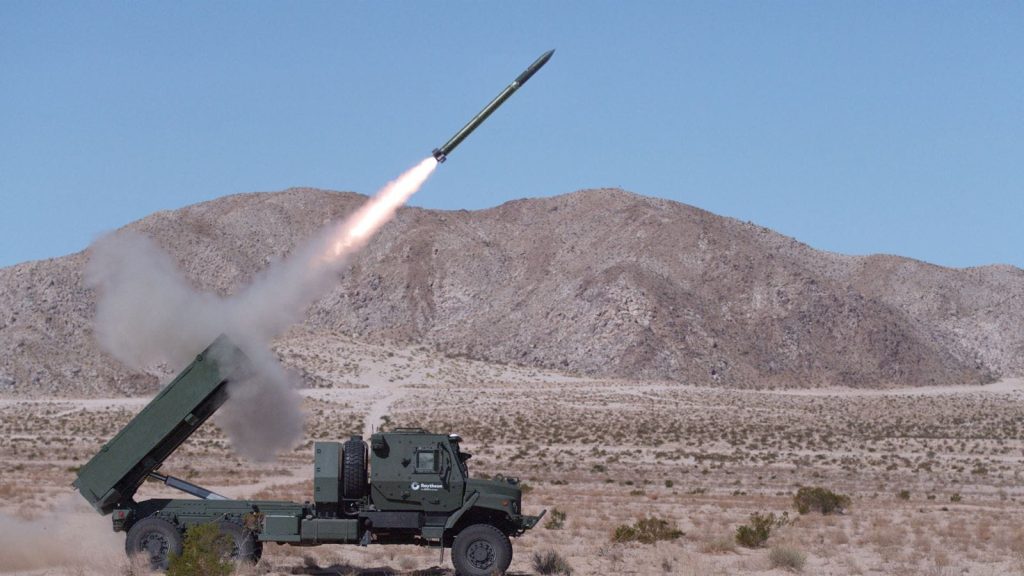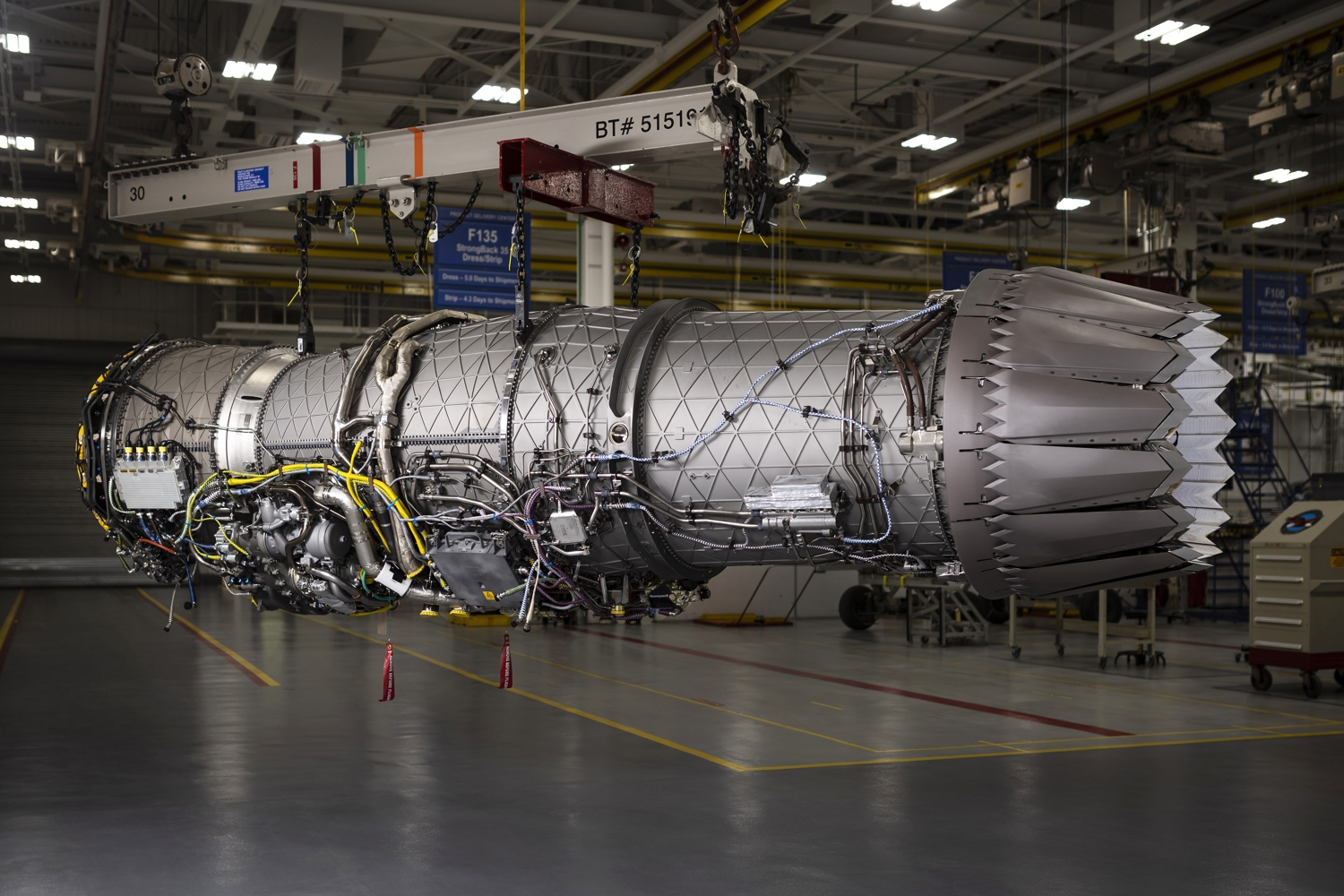Raytheon DeepStrike autonomous missile launcher unveiled
Raytheon has unveiled its DeepStrike autonomous rocket launcher which has completed a test firing of a new practice rocket during Project Convergence, according to a 25th March Raytheon press release.
The DeepStrike vehicle fired a Raytheon-made missile, which was developed for the US Army’s Joint Reduced Range Rocket program. The new missile, which was not named in the Raytheon press release, carried a rocket motor from a company called Ursa Major.
Raytheon is owned by parent company RTX, which has a group called RTX Ventures that has invested in Ursa Major. The two companies worked together on the new missile, developing solid fuel rocket motors that are 3D printed. The next phase of the programme will include manufacturing improvements, additional test flights throughout 2025, and qualification of the new missile in 2026.
“The Ursa Major team has utilized additive manufacturing to complete motor development, manufacturing, and testing in unprecedented timelines, resulting in nearly 300 static test fires this year,” said Ursa Major CEO Dan Jablonsky. This announcement follows closely on the heels of Anduril’s selection to design a new 120 mm rocket motor for the US Army that is expected to increase the number of missiles carried by an M142 HIMARS. It is likely that Anduril and Ursa Major are competing for similar programmes and capabilities.
The DeepStrike vehicle itself is based on an FMTV A2 chassis from Oshkosh, with autonomous driving and navigation systems from Forterra. Forterra was selected to provide the autonomous navigation and driving system for the Remotely Operated Ground Unit for Expeditionary Fires (ROGUE-Fires) platform in January 2025, which is designed to carry the Naval Strike Missile from Kongsberg for naval interdiction. Forterra’s role in the DeepStrike platform indicates that it is gaining traction as a reliable partner for off-road autonomy, while Oshkosh also appears to be the preferred supplier of rolling chassis, as it provides the chassis for the ROGUE, too.
However, the Autonomous Multi-domain Launcher (AML) – another autonomous rocket launcher – which has been developed by the US Army’s DEVCOM Aviation & Missile Center, appears to employ a rolling chassis from the Oshkosh Family of Medium Tactical Vehicles, which is the base platform for the M142. The AML is also designed to increase the magazine depth of the US Army’s indirect fire units by adding platforms with reduced requirements for personnel.
The Joint Reduced Range Rocket programme appears to have been initiated in 2023 and calls for rockets with a range of between 7 km and 15 km for training and qualification purposes. The initial RFI indicated that the rockets would enter service in 2028 and would have to be compatible with the M270 MLRS and M142 HIMARS.

DeepStrike is shown here during the live firing at Project Convergence. The rocket will undergo further refinements and test flights in 2025. Credit: Raytheon.
Calibre comment
Raytheon’s press release seems to be covering two events; the unveiling of the DeepStrike launcher, and the first test of its Joint Reduced Range Rocket. The latter is interesting in that it exploits additive manufacturing to enable rapid scaling of production, which could prove a useful capability if fully developed.
The DeepStrike platform itself is a little less clear as a concept, with several competing platforms in this space including the AML mentioned above, and a dedicated platform from Oshkosh designed to carry the Multiple Launch Rocket System (MLRS) Family of Munitions (MFOM). The US Army has yet to set up a competitive requirement for an autonomous rocket launching capability, but it appears that one may be on the horizon. Tests have indicated that its forces are lacking in surface-to-surface fires and one route to correct that imbalance is to augment crewed platforms with uncrewed ones, whilst also increasing the efficacy of its ammunition.
By Sam Cranny-Evans, published on 25th March, 2025.

Sign Up for Updates!
Get insider news, tips, and updates. No spam, just the good stuff!





